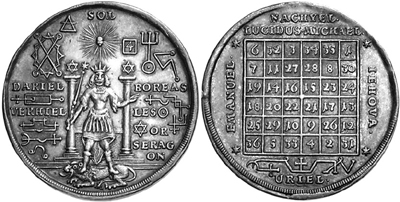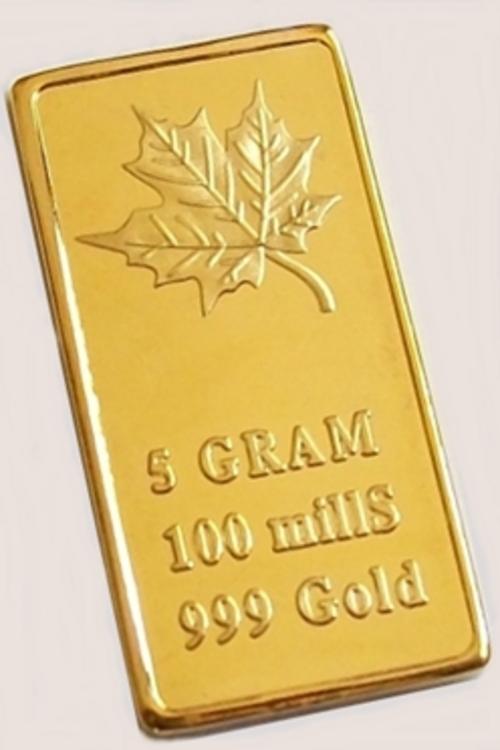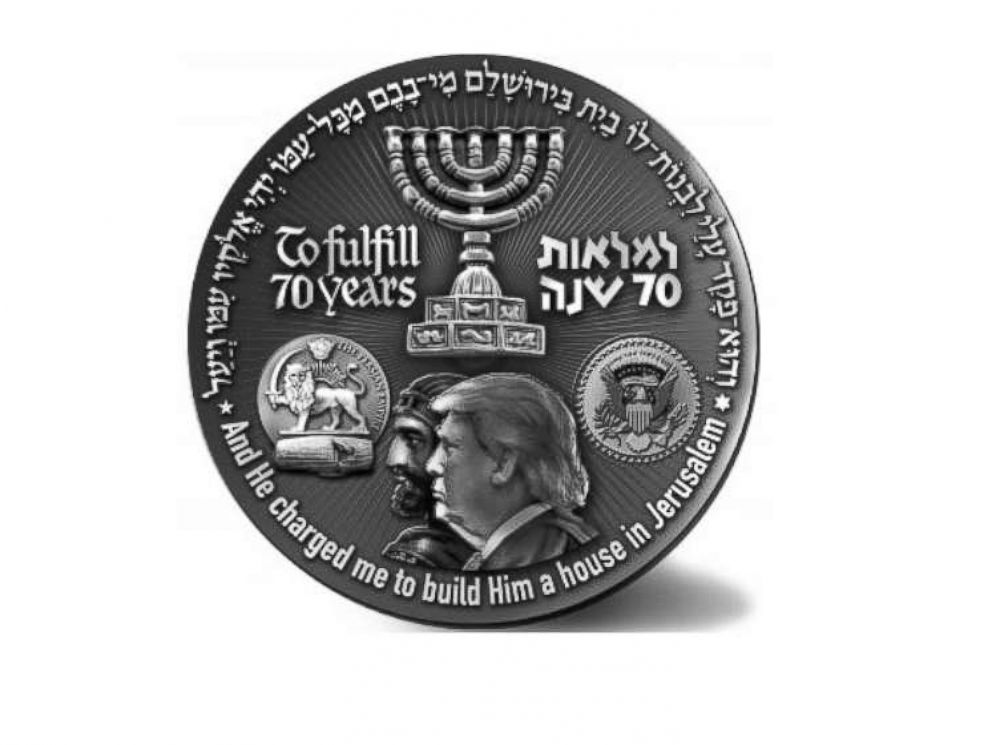Offermåltid er korrekt, gana
Jødene spiser sitt offerlam. De kristne spiser Guds lam, Jesus
https://en.wikipedia.org/wiki/Passover_sacrifice
For at alle skal kunne være med på dette ene måltid, dette ene offer, serveres Guds lam i Guds kirker den dag i dag.
Jeg tar med et sitat fra pastor Scott Hahn’s bok 
THERE I STOOD, a man incognito, a Protestant minister in plainclothes, slipping
into the back of a Catholic chapel in Milwaukee to witness my first Mass. Curiosity had
driven me there, and I still didn’t feel sure that it was healthy curiosity. Studying the
writings of the earliest Christians, I’d found countless references to “the liturgy,” “the
Eucharist,” “the sacrifice.” For those first Christians, the Bible—the book I loved above
all—was incomprehensible apart from the event that today’s Catholics called “the Mass.”
I wanted to understand the early Christians; yet I’d had no experience of liturgy. So
I persuaded myself to go and see, as a sort of academic exercise, but vowing all along that I
would neither kneel nor take part in idolatry.
I took my seat in the shadows, in a pew at the very back of that basement chapel.
Before me were a goodly number of worshipers, men and women of all ages. Their
genuflections impressed me, as did their apparent concentration in prayer. Then a bell rang,
and they all stood as the priest emerged from a door beside the altar.
Unsure of myself, I remained seated. For years, as an evangelical Calvinist, I’d been
trained to believe that the Mass was the ultimate sacrilege a human could commit. The
Mass, I had been taught, was a ritual that purported to “resacrifice Jesus Christ.” So I would
remain an observer. I would stay seated, with my Bible open beside me.
As the Mass moved on, however, something hit me. My Bible wasn’t just beside
me. It was before me—in the words of the Mass! One line was from Isaiah, another from
the Psalms, another from Paul. The experience was overwhelming. I wanted to stop
everything and shout, “Hey, can I explain what’s happening from Scripture? This is great!”
Still, I maintained my observer status. I remained on the sidelines until I heard the priest
pronounce the words of consecration: “This is My body . . . This is the cup of My blood.”
Then I felt all my doubt drain away. As I saw the priest raise that white host, I felt a
prayer surge from my heart in a whisper: “My Lord and my God. That’s really you!”
I was what you might call a basket case from that point. I couldn’t imagine a greater
excitement than what those words had worked upon me. Yet the experience was intensified
just a moment later, when I heard the congregation recite: “Lamb of God . . . Lamb of God
. . . Lamb of God,” and the priest respond, “This is the Lamb of God . . .” as he raised the
host.
In less than a minute, the phrase “Lamb of God” had rung out four times. From long
years of studying the Bible, I immediately knew where I was. I was in the Book of
Revelation, where Jesus is called the Lamb no less than twenty-eight times in twenty-two
chapters. I was at the marriage feast that John describes at the end of that very last book of
the Bible. I was before the throne of heaven, where Jesus is hailed forever as the Lamb. I
wasn’t ready for this, though—I was at Mass!
Hele boken gratis her
[Redigert den 25-3-2016 kl 11:28 av Jerusalem] |






















 Av en eller annen grunn ligner han også på Nero http://www.the-romans.co.uk/nero.htm Det var faktisk en del kristne som i flere hundre år trodde Nero ville gjennoppstå https://en.wikipedia.org/wiki/Nero_Redivivus_legend og at han var antikrist.
Av en eller annen grunn ligner han også på Nero http://www.the-romans.co.uk/nero.htm Det var faktisk en del kristne som i flere hundre år trodde Nero ville gjennoppstå https://en.wikipedia.org/wiki/Nero_Redivivus_legend og at han var antikrist.











 Som sagt historie er noe som gjentar seg,
noe som har skjedd, skjer og vil skje
Som sagt historie er noe som gjentar seg,
noe som har skjedd, skjer og vil skje  Så spørsmålet er bare, når skjer det for
akkurat deg ?
Så spørsmålet er bare, når skjer det for
akkurat deg ?






























































